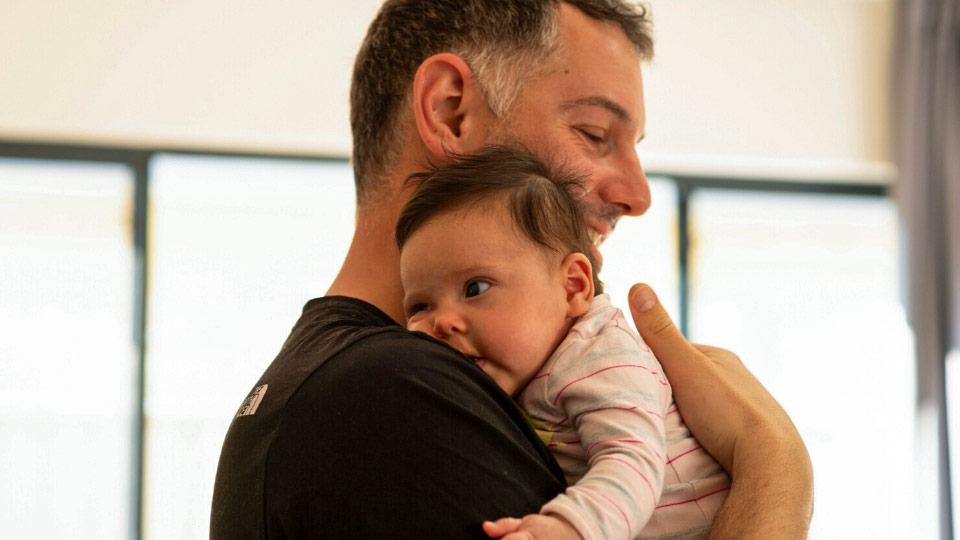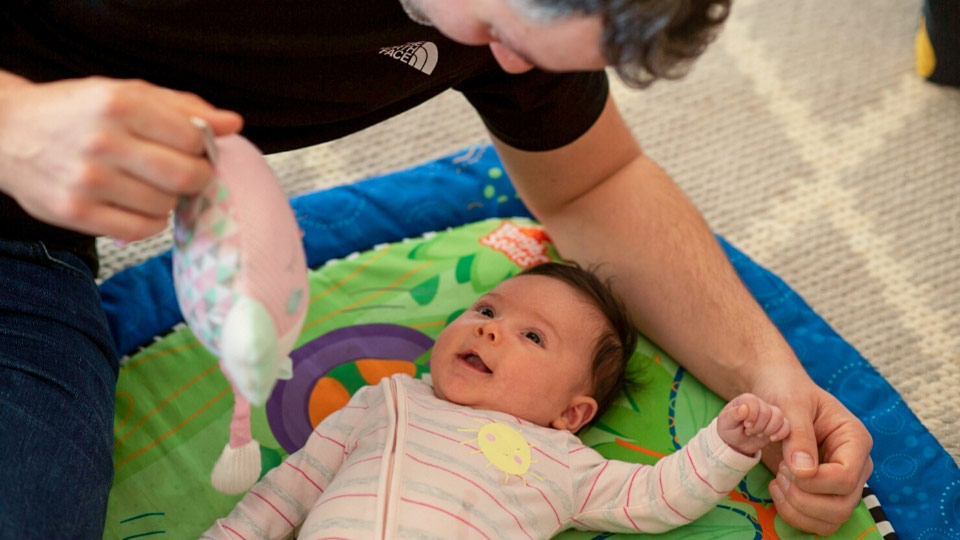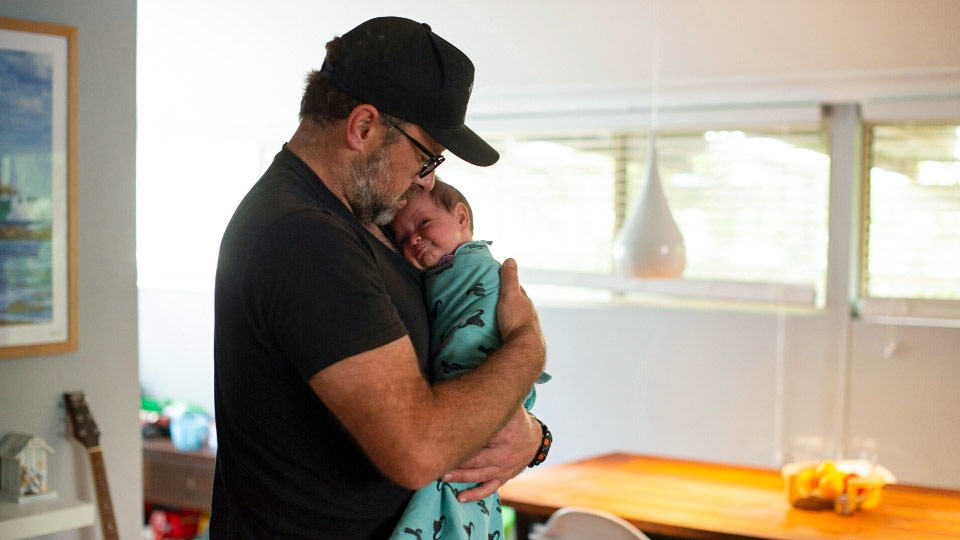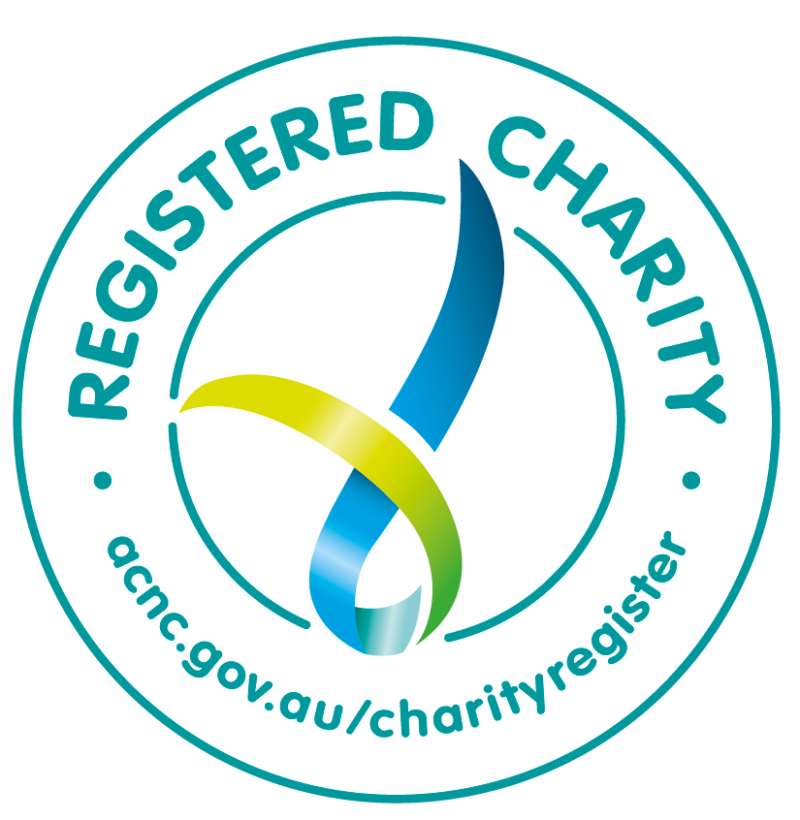This article contains simple advice for new dads, fathers of babies, and for father-figures such as grandfathers, stepfathers, family friends and uncles. The learnings are based on our research and years of experience supporting fathers and father-figures. The fact is, everyone’s situation is different, so feel free to be creative, and adapt our wisdom to suit your circumstances.
Connecting with your baby takes time, so to take full advantage of any parental leave or flexible working arrangements available to you.
As a general rule, getting involved in the daily care of your baby – dressing, settling, playing, feeding, bathing and nappy changing – is the best way to build your connection as well as your parenting skills and confidence.
Neuroscientists have shown that when parents and children interact, their limbic systems (the emotional part of the brain), actually resonate and adjust to each other. This means that after a while both you and your baby become attuned to the presence of the other. You become connected.
Skin to skin contact is critical from day one. Oxytocin, often referred to as the bonding chemical, is released during skin contact.
- Researchers have found that newborns cry less and achieve a drowsy, contented state sooner when they are skin-to-skin with their dads as opposed to being in a bassinette.
- Benefits of skin-to-skin contact for dads:
– You will be empowered to care for your baby.
– Your child will bond with you; your voice, your smell, your feel.
– You will be able to read your baby’s unique cues for hunger or stress.
– You will feel calmer around your child.
Babies have a preference for the human face, and eye contact in particular. Babies can only see clearly about 30cm in front of them, so:
- Stay close
- Smile
- Look them in the eye
Learning starts early, many say it starts even before birth. Every time you interact with your child you are helping them to develop new connections in their brain.
- Talk and sing regularly to your baby, with your eyes looking into theirs and your face up close. They will be watching your face and your mouth and listening to your tone. These are all markers in the development of language.
- Talking and communicating with your baby can feel a little odd at first. Try talking while you’re carrying or changing your baby. For example, ‘Let’s get this nappy changed. That feels better, doesn’t it? Here’s a nice clean nappy. Don’t cry – we’ll be finished soon’. Every word baby hears helps develop their language and learning and strengthens your relationship with them.
- Reading to your child not only helps language development, it also helps to create a special bond between you and your child that can last. You could try developing a ritual time of reading to your child as your special time together.
- The simple sounds of ‘Da-da’, ‘Ma-ma’, ‘Ba-ba’ are some of the first and most common sounds babies can make. They are simple because the two lips are pressed together with a puff of air pushed through them. That is why most first utterances around the globe use these sounds. They are easy to make, so babies can get some quick language control and feedback from their environment in this way. (Plus: the first time your little one says ‘Da-Da’ to you will be a peak experience.)
- To strengthen the connection, when you hear them making the sound, make it back. Eventually the two of you can start your own chorus of sounds.
Studies have shown that parents who are responsive to their infant’s cries and needs help them develop to better communication and language skills.
- Whether they look toward you, reach for you, or cry out for you – anything your baby does to connect with you should be acknowledged.
- Respond to their efforts.
Babies love, crave and need motion and movement. They love to be held, lightly bounced and jiggled and there is good reason for this. Movement helps infants develop everything from their brains to their sense of balance.
- When you hold your baby, give them a feeling of security, but not too tight or too loose.
- Don’t be afraid to hold, sway, bounce or cuddle.
- Learn what he or she likes and cultivate that motion.
- Carry your baby in a sling or front carrier on walks or as you go about your daily routine.
- Try to vary play for your child so they can build different skills.
- Tummy time is great, and toys like rattles help to build physical and hand-eye coordination.
- Use words, rhymes and stories to build language and memory.
- Peek-a-boo with Dad can build communication and expression of emotions.
- Your style of play may be different than your partner’s and that’s okay, your baby will love playing with both of you.
Want more?
Check out our New Dads eBook.





